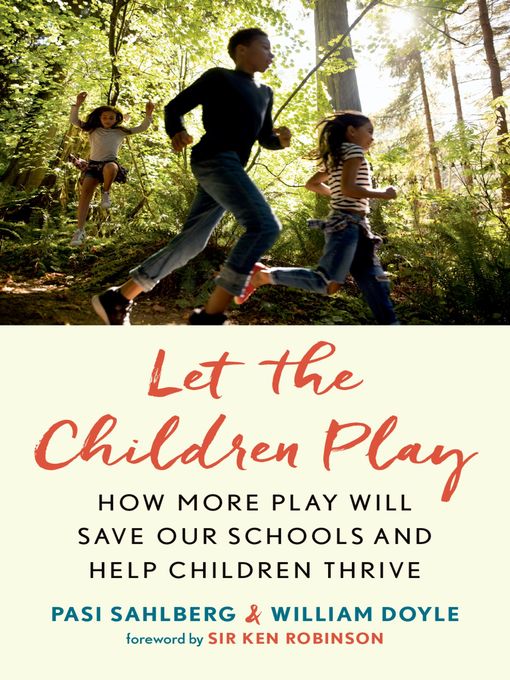- Classics & Award Winners
- Juvenile & YA Fiction
- Mystery & Thriller
- Page to Screen
- Science Fiction
- Urban Fiction
- See all
- Biographies & Memoirs
- Business & Economics
- History
- Philosophy & Religion
- Psychology & Sociology
- Science
- Self-Help & Fitness
- See all


